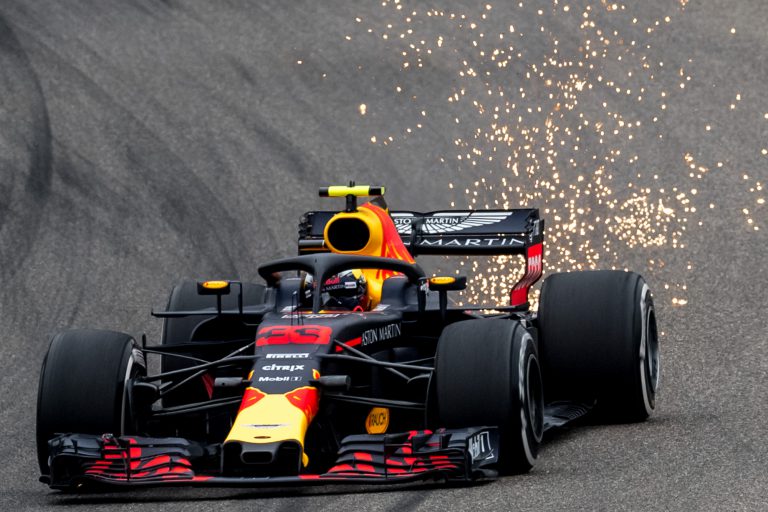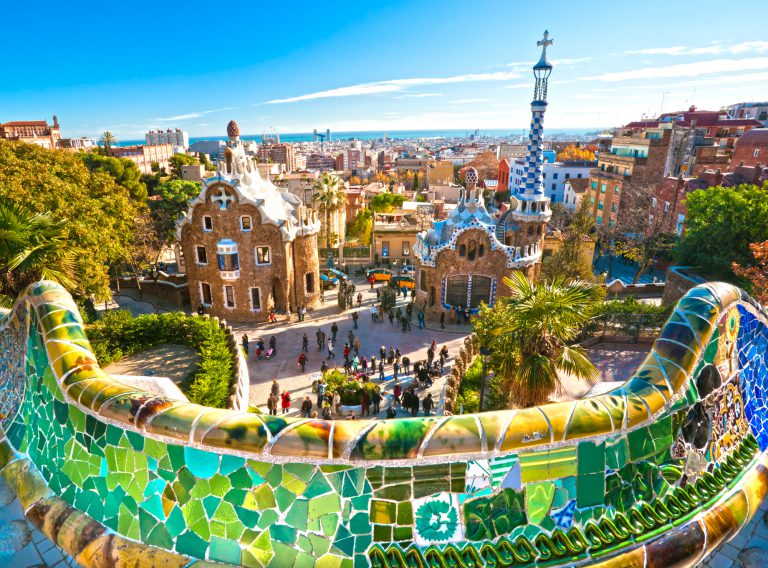Madrid’s Formula 1 Grand Prix: A New Era Begins in 2026

The Spanish Grand will have a new Street Circuit to Call Home
In a groundbreaking move, Formula 1 has announced the addition of Madrid to its prestigious calendar starting in 2026, marking a significant expansion of the sport into Spain. This decision introduces an all-new circuit to the F1 roster, promising a blend of high-speed racing and cultural vibrancy in the Spanish capital.
The Circuit’s Strategic Location
The new F1 circuit in Madrid is strategically positioned around the IFEMA Madrid exhibition center in the Barajas district, a mere stone’s throw from the Adolfo Suarez airport and just 16 kilometers from the city center. This location ensures excellent connectivity through various modes of transport, including car, bus, train, and subway, making it highly accessible for fans and teams.
A Unique Track Design
The Madrid circuit, pending FIA homologation and final design specifications, is set to be a hybrid of street and non-street sections, spanning 5.47 kilometers with 20 turns. It features a projected qualifying lap time of 1 minute and 32 seconds. The design includes fast sweeps, tight chicanes, and lengthy straights, offering a diverse challenge to drivers and an exciting spectacle for fans. Notably, the track will incorporate two short tunnel sections, adding a unique element to its layout.
Let’s go racing in Madrid!
— Formula 1 (@F1) January 23, 2024
Say hello to the brand-new circuit built around the @IFEMA Exhibition Centre ✨#F1 pic.twitter.com/klysY8HAiT
Emphasis on Sustainability and Accessibility
Madrid’s bid to host the Grand Prix has been notable for its strong focus on sustainability and accessibility. The circuit plans to accommodate over 110,000 fans daily, with ambitions to expand this capacity to 140,000. A significant aspect of this initiative is the commitment to making the event one of the most sustainable on the F1 calendar, with IFEMA MADRID moving to 100% certified renewable energy and employing recyclable materials for any temporary structures.
Accessibility is also a key feature, with an estimated 90% of fans expected to reach the paddock via public transport. This ease of access and the circuit’s proximity to local accommodations underscores Madrid’s potential to become one of the most fan-friendly destinations on the F1 calendar.
Economic and Cultural Impact
The introduction of the Spanish Grand Prix in Madrid is anticipated to have a substantial economic impact, generating a projected €450 million for the city’s economy annually. Beyond the economic benefits, the event aims to engage with the local community through fan activations in Downtown Madrid and collaborations with local businesses and schools, ensuring widespread benefits from this global sporting event.
The announcement of Madrid joining the Formula 1 calendar heralds a new chapter for the sport in Spain. With its unique circuit design, commitment to sustainability, and focus on accessibility and community engagement, the Madrid Grand Prix is set to become a highlight of the F1 season, showcasing the city’s rich sporting and cultural heritage on the world stage.








